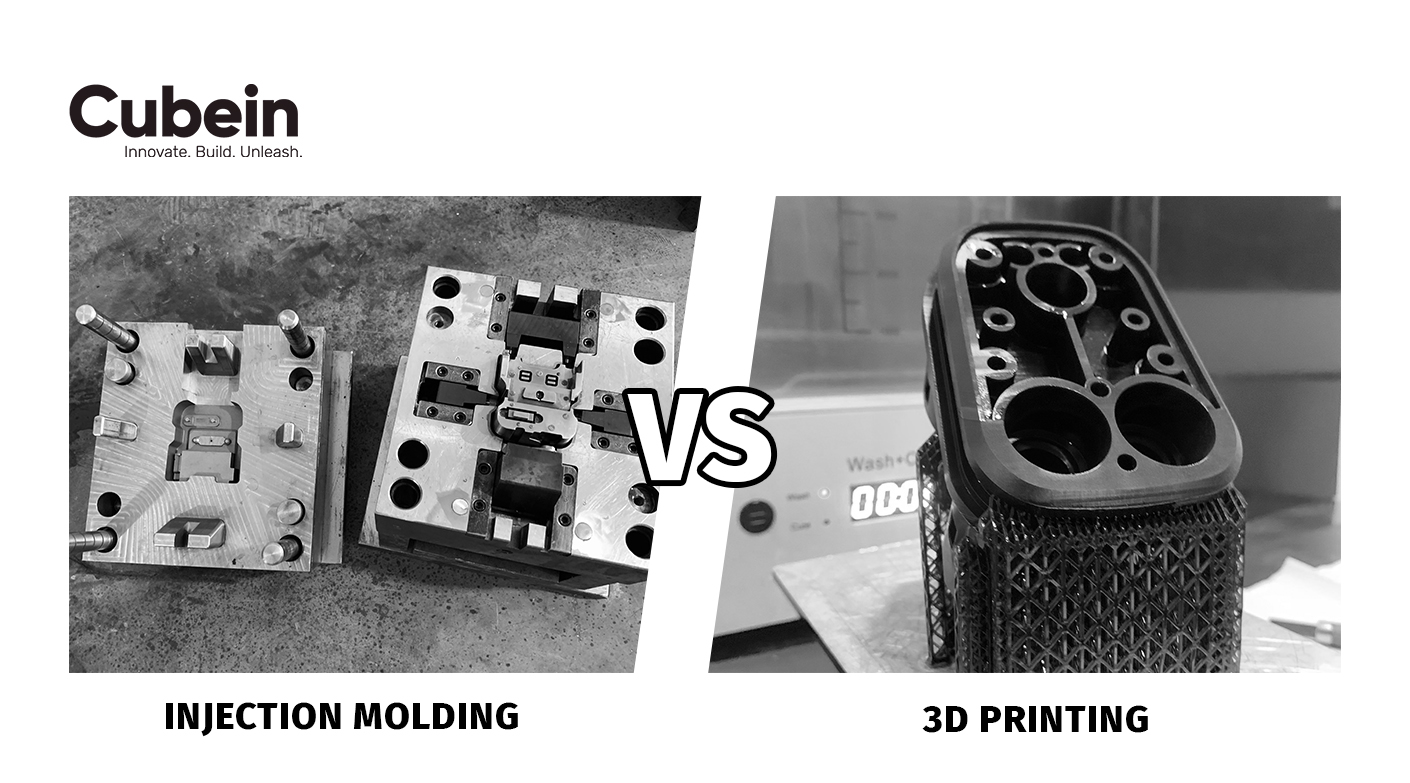The integration of 3D printing, also known as additive manufacturing, with the Internet of Things (IoT) is transforming industries by enabling smart manufacturing, customization, and rapid prototyping.
This blog will explore how 3D printing is revolutionizing IoT, its applications, and the role of low volume manufacturing, contract manufacturing services, and original design manufacturers (ODMs) in India in this evolving landscape.
What is 3D Printing in IoT?
3D printing in IoT involves using additive manufacturing techniques to create components and devices that are part of an IoT ecosystem. This includes everything from sensors and housings to customized parts that can communicate and interact within a network. By leveraging 3D printing, manufacturers can quickly produce prototypes, create bespoke designs, and iterate faster, which is crucial for the dynamic nature of IoT development.
Applications of 3D Printing in IoT
1. Rapid Prototyping
One of the most significant advantages of 3D printing in IoT is rapid prototyping. IoT devices often require multiple iterations to perfect, and 3D printing allows for quick turnaround times in producing prototypes. This accelerates the development process, enabling faster time-to-market for new IoT products.
2. Customized Components
IoT devices often need to fit specific environments and requirements. 3D printing allows for the creation of customized components tailored to exact specifications. This is particularly useful for creating unique sensor housings, enclosures, and other bespoke parts that would be expensive and time-consuming to produce with traditional manufacturing methods.
3. Low Volume Manufacturing
For IoT startups and small businesses, low volume manufacturing is a cost-effective way to produce parts without the need for large-scale production runs. Additive manufacturing enables the production of small batches of components, reducing waste and lowering initial investment costs. This flexibility is ideal for IoT developers who need to test and refine their products before scaling up.
4. Smart Manufacturing
The integration of IoT and 3D printing leads to smart manufacturing, where devices can communicate and coordinate with each other to optimize production processes. IoT-enabled 3D printers can monitor their own performance, predict maintenance needs, and even reorder materials autonomously. This results in more efficient, reliable, and scalable manufacturing operations.
The Role of Contract Manufacturing Services
1. Access to Advanced Technology
Contract manufacturing services provide access to advanced 3D printing technology without the need for significant capital investment. By partnering with contract manufacturers, companies can leverage state-of-the-art equipment and expertise to produce high-quality IoT components. This is particularly beneficial for startups and small businesses that might not have the resources to invest in expensive 3D printing infrastructure.
2. Flexibility and Scalability
Contract manufacturing offers flexibility and scalability, allowing businesses to adjust production volumes according to demand. This is crucial for IoT products, which may experience fluctuating market needs. Contract manufacturers can easily scale production up or down, ensuring that companies can meet customer demands without overcommitting resources.
3. Cost Efficiency
By outsourcing production to contract manufacturing services, companies can reduce overhead costs associated with maintaining and operating manufacturing facilities. This cost efficiency allows businesses to allocate resources to other critical areas such as research and development, marketing, and customer support, fostering overall growth and innovation.
The Contribution of Original Design Manufacturers in India & around the globe
1. Expertise and Innovation
Original Design Manufacturers (ODMs) in India bring a wealth of expertise and innovation to the table. These manufacturers specialize in designing and producing products based on client specifications. By collaborating with ODMs, companies can benefit from the extensive knowledge and experience these manufacturers have in both IoT and additive manufacturing, leading to the creation of cutting-edge IoT devices.
2. Cost-Effective Solutions
India is known for its cost-effective manufacturing solutions, and ODMs in the country offer high-quality services at competitive prices. This affordability makes it feasible for companies to develop and produce IoT devices without compromising on quality. The lower production costs in India can be particularly advantageous for startups and small businesses looking to bring innovative IoT products to market.
3. End-to-End Services
ODMs in India provide end-to-end services, from initial design and prototyping to full-scale production and assembly. This comprehensive approach ensures that all aspects of the IoT device development process are handled efficiently. By working with ODMs, companies can streamline their operations and focus on their core competencies, knowing that their manufacturing needs are in capable hands.
Future Trends in 3D Printing and IoT
1. Enhanced Materials
Advancements in 3D printing materials will continue to expand the possibilities for IoT device manufacturing. New materials with improved properties such as conductivity, flexibility, and durability will enable the creation of more sophisticated and functional IoT components.
2. Increased Integration
The integration of 3D printing with IoT will become more seamless, allowing for real-time monitoring and control of manufacturing processes. IoT-enabled 3D printers will be able to self-optimize and make adjustments on the fly, leading to higher efficiency and reduced waste.
3. Personalized IoT Solutions
As customization becomes increasingly important, 3D printing will enable the production of personalized IoT solutions tailored to individual needs and preferences. This trend will drive innovation in areas such as smart homes, healthcare, and wearable technology, where bespoke designs can significantly enhance user experience and functionality.
3D printing in IoT is opening up new horizons for innovation, customization, and efficiency in the manufacturing of smart devices. By leveraging additive manufacturing, IoT developers can rapidly prototype, customize, and produce low volumes of components with ease.
Contract manufacturing services and original design manufacturers in India as well as other countries play a crucial role in this ecosystem, providing the expertise, technology, and cost-effective solutions needed to bring cutting-edge IoT products to market.
As these technologies continue to evolve, the possibilities for 3D printing in IoT are virtually limitless, promising a future of smarter, more connected devices.














